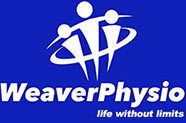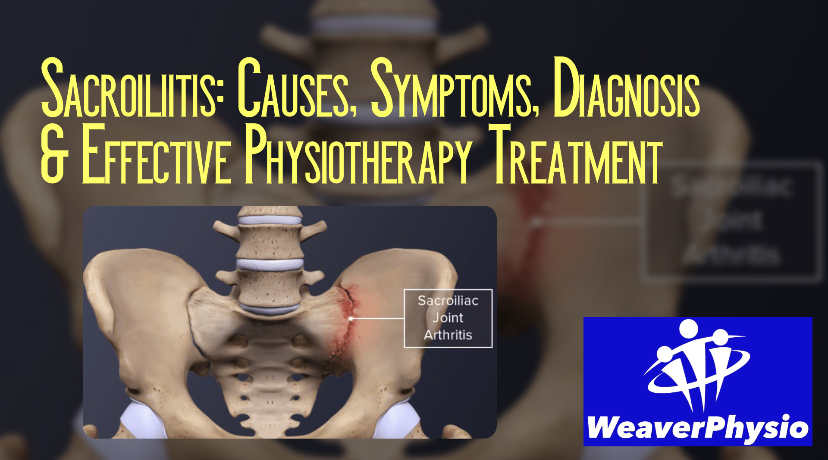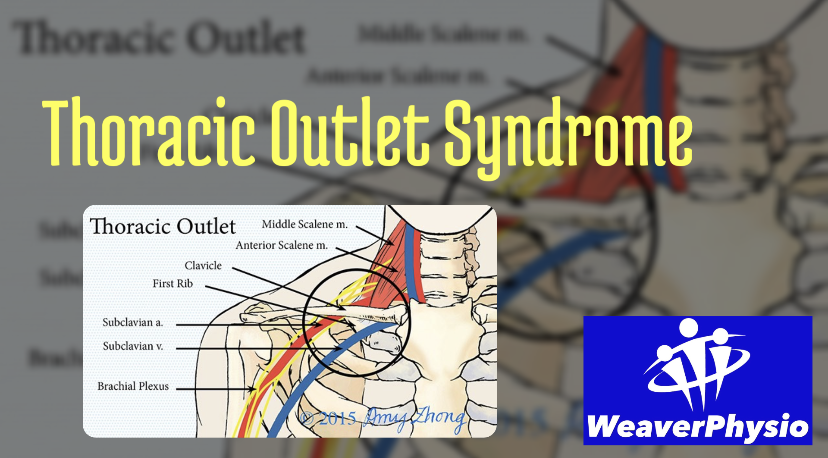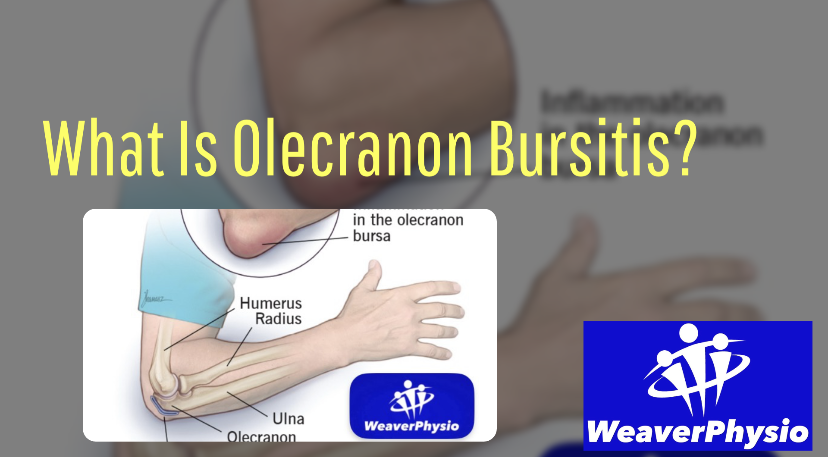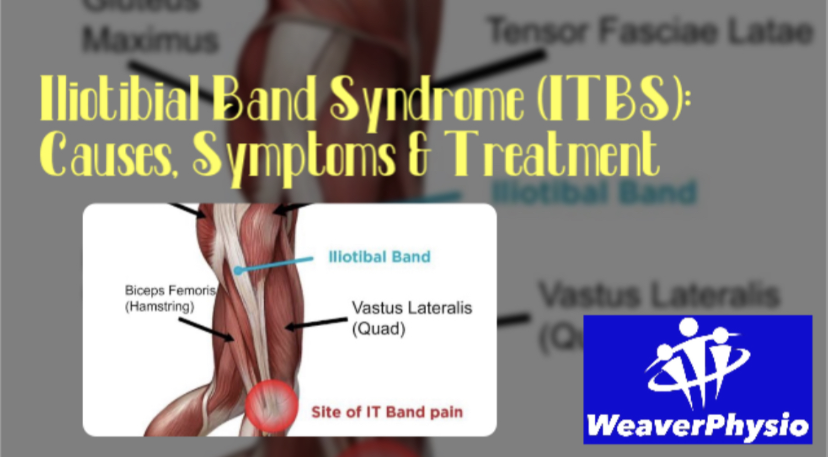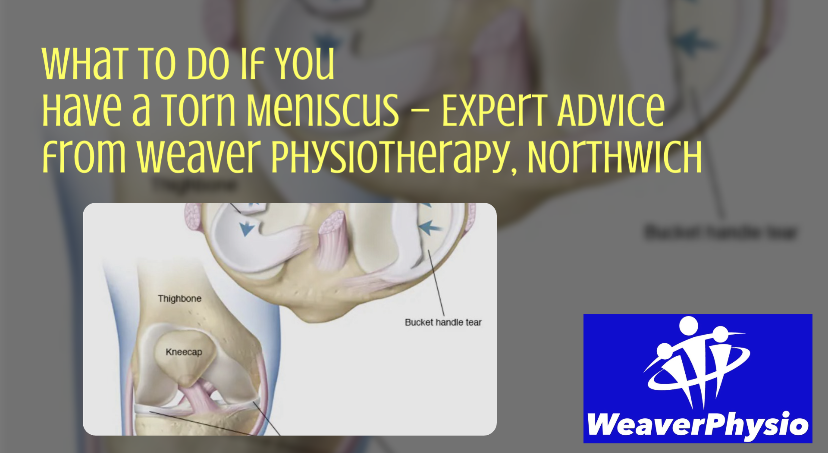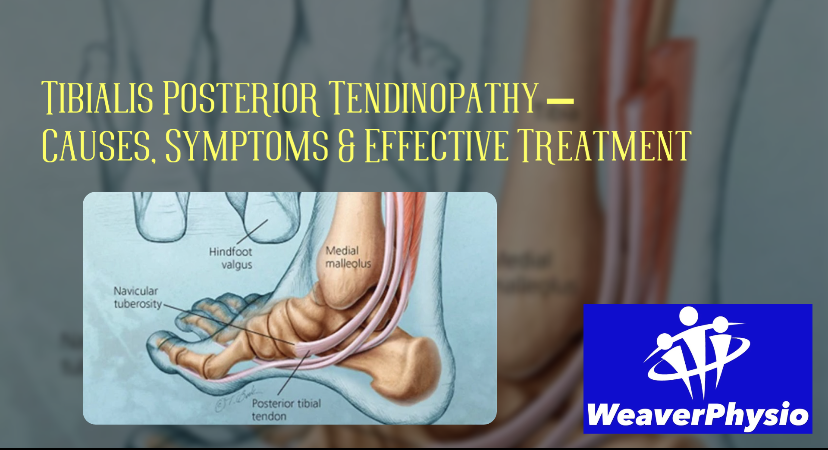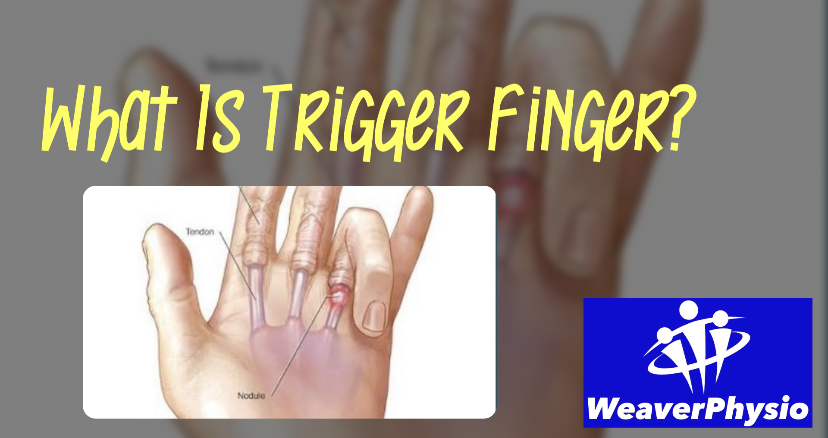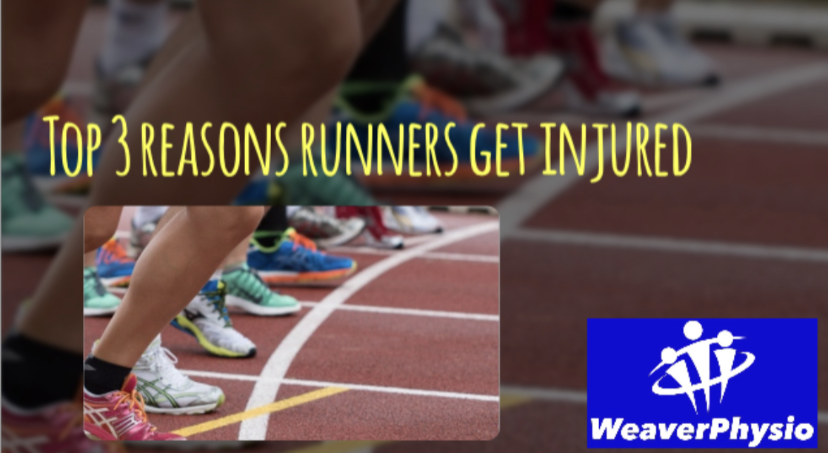Proven Recovery Strategies Athletes Use to Perform at Their Best
How Elite and Everyday Athletes Recover Faster, Stay Injury-Free, and Keep Performing
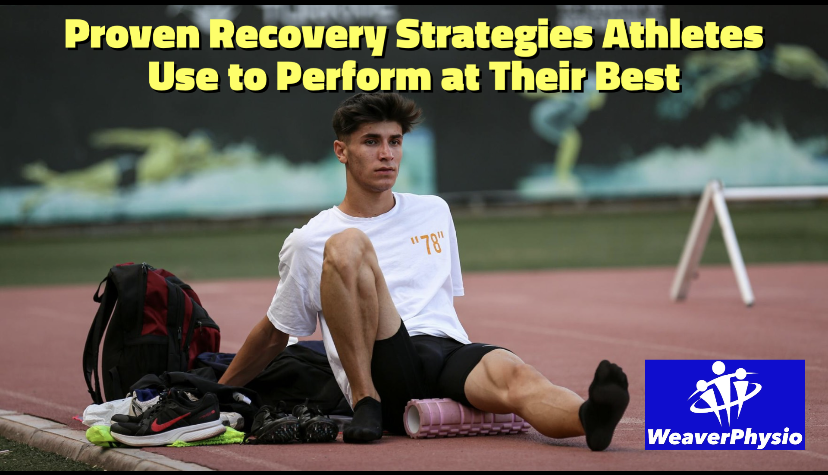
Whether you’re training for a marathon, preparing for a weekend football match, or hitting the gym hard each week, recovery is just as important as training. In fact, how well you recover can determine how well you perform.
At Weaver Physiotherapy & Sports Injury Clinic in Northwich, we see athletes of all levels who train hard—but struggle to recover properly. Poor recovery not only stalls progress but leads to injury, burnout, and frustration.
In this guide, we explore the most effective recovery methods athletes use to bounce back from intense training and competition, from sleep and hydration to advanced therapies like massage and shockwave.
🏃♂️ Why Recovery Matters
When you train, you’re creating microscopic damage to muscles, tendons, and tissues. The real gains happen during recovery—that’s when your body repairs and adapts.
Without proper recovery, performance declines, injuries occur, and fatigue sets in. Top athletes know this—and they make recovery a non-negotiable part of their routine.
🔑 1. Prioritising Sleep
The #1 Performance Enhancer That’s Totally Free
Sleep is where your body does its best healing. During deep sleep, growth hormone is released, muscle tissue is repaired, and your nervous system resets.
Athletes who get 7–9 hours of quality sleep:
• Recover faster from training
• Are less likely to get injured
• Perform better physically and mentally
Tips to improve sleep:
• Stick to a consistent sleep schedule
• Avoid screens 1 hour before bed
• Keep your room dark and cool
• Avoid caffeine in the afternoon
💧 2. Hydration & Electrolyte Balance
Dehydration slows recovery, reduces performance, and increases injury risk. After intense sessions, athletes lose not only water but key electrolytes (sodium, potassium, magnesium) through sweat.
Smart hydration strategies:
• Drink regularly throughout the day (not just after training)
• Use electrolyte tablets after hard workouts or hot days
• Monitor urine colour (pale straw = hydrated)
🥗 3. Nutrition for Recovery
Food is fuel—but it’s also medicine. What you eat before and after training dramatically impacts how your body recovers.
Key nutrients for recovery:
• Protein: Supports muscle repair (aim for 20–40g post-exercise)
• Carbohydrates: Replenish muscle glycogen (especially after endurance work)
• Omega-3s: Reduce inflammation (found in oily fish or supplements)
• Antioxidants: Help tissue recovery (berries, leafy greens, nuts)
Timing matters too: the 30–60 minute window post-training is ideal for refuelling and rebuilding.
🧊 4. Cold Therapy & Ice Baths
Many athletes swear by cold-water immersion to reduce muscle soreness and inflammation. After competition or heavy training, an ice bath or cold plunge can:
• Reduce delayed onset muscle soreness (DOMS)
• Lower inflammation
• Speed up neuromuscular recovery
Even a 5–10-minute cold shower post-training can help.
However, cold therapy isn’t ideal for long-term adaptation, so it’s best used for short-term recovery between close events—not every session.
🔥 5. Contrast Therapy (Hot & Cold)
Combining cold and hot treatments alternates blood vessel constriction and dilation, which helps flush out waste products and bring in nutrient-rich blood.
This can be done using:
• Alternating cold and hot baths
• Contrast showers (1–2 min hot, 30 sec cold, repeat 4–6 times)
Athletes often use this method for enhanced circulation, reduced soreness, and faster recovery.
💆 6. Sports Massage & Soft Tissue Therapy
One of the Most Powerful Tools in an Athlete’s Recovery Toolbox
At Weaver Physio in Northwich, we provide expert sports and remedial massage to help athletes:
• Release muscular tension and trigger points
• Improve circulation and lymphatic drainage
• Reduce pain and stiffness
• Improve range of motion and flexibility
Regular massage helps athletes not just recover from tough sessions, but also prevent injury and perform better long-term.
We also use soft tissue release and myofascial techniques to target deeper restrictions.
🌬️ 7. Active Recovery Days
Not every day should be a hard day. The best athletes know that movement is medicine—and use active recovery to stay fresh without overloading the body.
Examples of active recovery:
• Light cycling, walking, or swimming
• Mobility drills or yoga
• Foam rolling or stretching
Active recovery:
• Enhances circulation
• Speeds up waste removal
• Reduces stiffness
• Supports mental wellbeing
🧘 8. Mobility, Stretching & Foam Rolling
Don’t Skip the Cooldown – It’s Crucial for Long-Term Health
Stretching and mobility work:
• Improves tissue elasticity
• Reduces muscle imbalances
• Prevents tightness that leads to injury
Foam rolling or self-myofascial release also helps:
• Release trigger points
• Reduce soreness
• Improve recovery time
At Weaver Physio, we teach athletes how to use foam rollers, massage balls, and stretching techniques properly—based on individual needs.
⚡ 9. Shockwave Therapy (For Chronic Recovery Issues)
Some injuries or chronic tightness don’t respond to stretching or massage alone. That’s where Shockwave Therapy comes in.
This evidence-based treatment:
• Stimulates healing in tendons and soft tissue
• Increases blood flow
• Reduces chronic inflammation and scar tissue
We use it at Weaver Physio for:
• Achilles tendonitis
• Patellar tendon pain
• Plantar fasciitis
• Shoulder issues
• Shin splints
Many athletes experience pain relief and faster tissue repair within 3–5 sessions.
🧠 10. Mental Recovery & Stress Management
Physical recovery is only half the picture. Athletes are now recognising the role of mental fatigue in performance and injury risk.
Tools for mental recovery:
• Meditation or mindfulness
• Guided breathing (e.g., box breathing)
• Gratitude journaling
• Taking social/media breaks
Reducing stress improves nervous system recovery, enhances sleep, and promotes overall performance.
💉 11. Supplements That Support Recovery (Evidence-Based Only)
While food should always come first, some supplements can help:
• Creatine – supports muscle recovery and strength
• Omega-3 fatty acids – reduce inflammation
• Magnesium – supports muscle relaxation and sleep
• Collagen + Vitamin C – helps tendon recovery
• Electrolytes – replenish minerals lost in sweat
Always consult a health professional before starting any supplement plan.
👟 12. Compression & Recovery Tools
Compression garments and tools like Normatec boots are popular among pro athletes for good reason:
• Enhance lymphatic drainage
• Reduce swelling and soreness
• Improve recovery between training sessions
Simple tools like compression socks, massage guns, or recovery boots can be helpful—especially during competition weekends or travel.
🔁 Build Recovery Into Your Weekly Routine
Here’s how a balanced athlete might structure recovery across a week:
Example Recovery-Integrated Week:
• Monday: Strength training + protein + foam rolling
• Tuesday: Easy run + compression socks + stretching
• Wednesday: Interval session + sleep focus
• Thursday: Active recovery (swim, walk, light cycle) + sports massage
• Friday: Strength or tempo + post-workout meal + magnesium
• Saturday: Long run or match + contrast shower
• Sunday: Full rest + mobility + hydration
🏥 Need Help with Recovery or Injury? Visit Weaver Physio
If you’re training hard but always feel sore, fatigued, or stuck in a cycle of injury, it’s time to rethink your recovery.
At Weaver Physiotherapy & Sports Injury Clinic in Northwich, we help runners, athletes, gym-goers and sports teams recover smarter and move better.
We offer:
• Sports massage
• Shockwave therapy
• Injury assessment & rehab
• Mobility plans & home exercises
• Tailored recovery strategies for your goals
👉 Call us on 01606 227484
👉 Book online now (http://www.weaverphysio.com)
📍 Based in Northwich – Serving Knutsford, Winsford, Middlewich, Tarporley, Frodsham & beyond
📣 #SportsRecovery #WeaverPhysio #AthleteWellness #CheshirePhysio #MassageNorthwich #ShockwaveTherapy #RecoveryMatters #RunningRecovery #InjuryPrevention #TrainSmartRecoverSmarter

